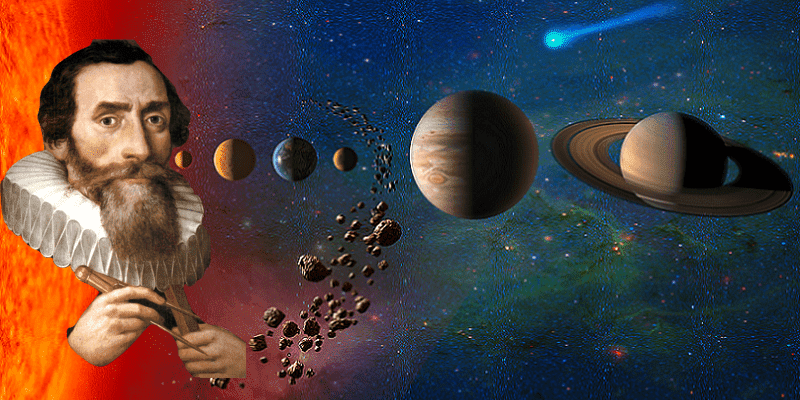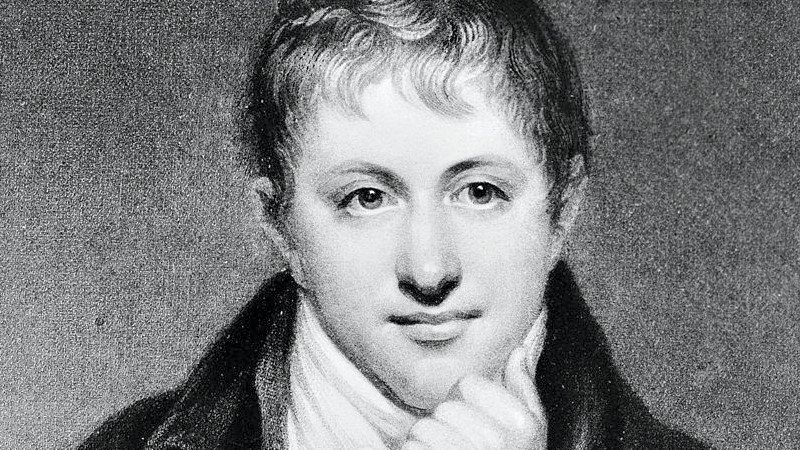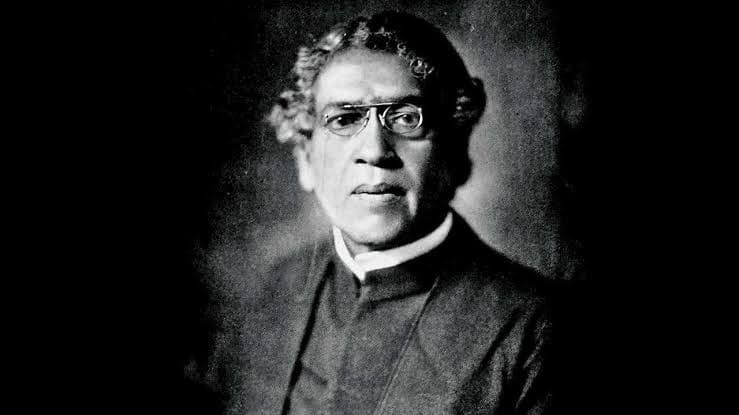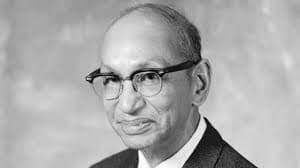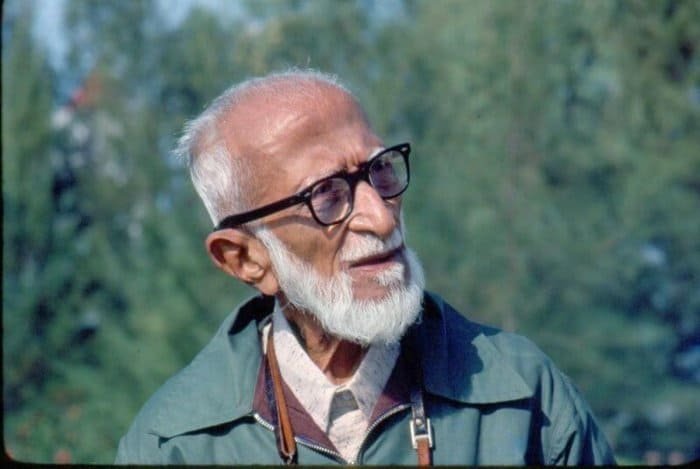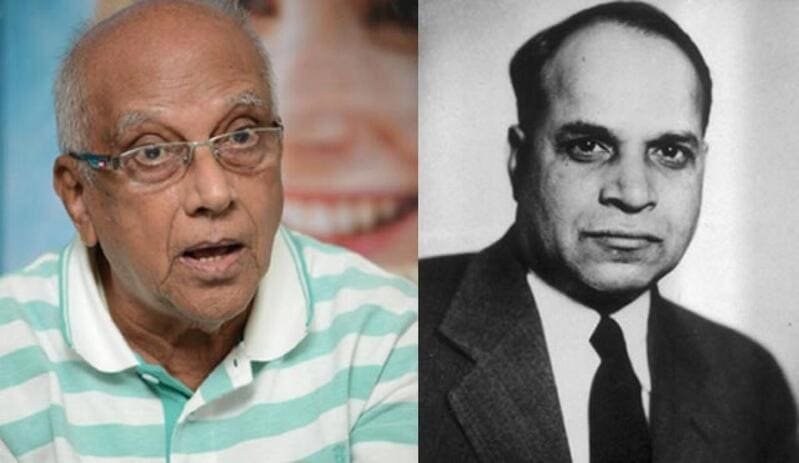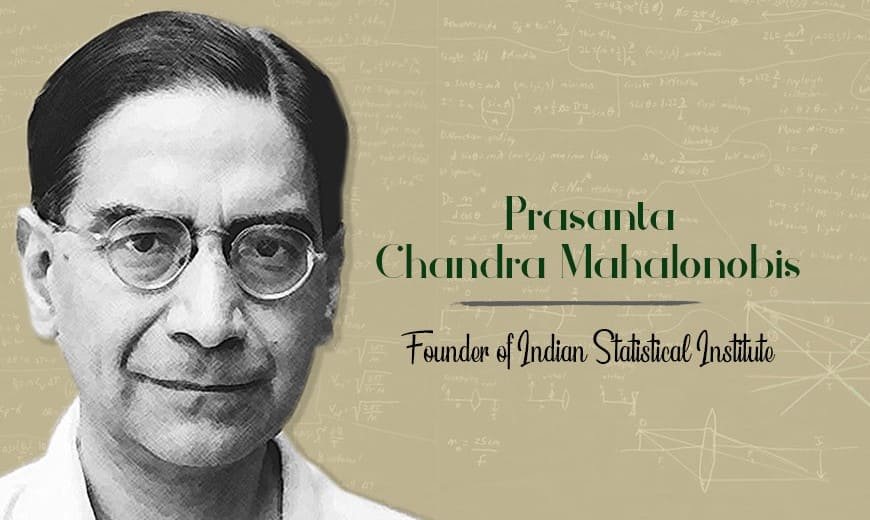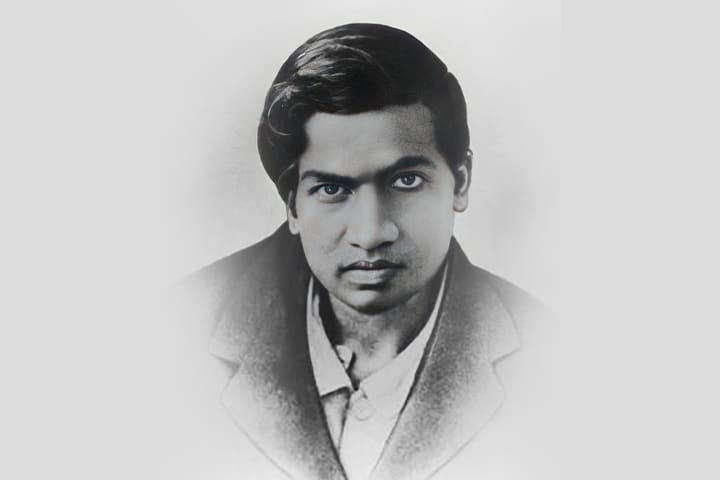
Srinivasa Ramanujan | Biography, Contribution & Mathematics .
Srinivasa Ramanujan was one of the greatest mathematicians of the 20th century. He was born on December 22, 1887, in Erode, a small town in Tamil Nadu, India. He showed an exceptional talent for mathematics from a very young age, and taught himself advanced topics by reading books and journals. He made remarkable contributions to various fields of mathematics, such as number theory, analysis, infinite series, and continued fractions, without any formal training or guidance.
Quick Information
- Full name: Srinivasa Ramanujan Aiyangar
- Born: December 22, 1887, Erode, Tamil Nadu, India
- Died: April 26, 1920, Kumbakonam, Tamil Nadu, India, at the age of 32. His death was likely caused by an intestinal disease called hepatic amoebiasis
- Nationality: Indian
- Education: Government Arts College, Pachaiyappa’s College, Trinity College, Cambridge
- Parents: His father was Kuppuswamy Srinivasa Iyengar, a clerk, and his mother Komalatammal, a singer at a temple
- Known for: Ramanujan’s sum, Landau–Ramanujan constant, mock theta functions, Ramanujan conjecture, Ramanujan prime, Ramanujan–Soldner constant, Ramanujan theta function, Rogers–Ramanujan identities, Ramanujan’s master theorem, Hardy–Ramanujan asymptotic formula, Ramanujan–Sato series, and many more
- Awards: Fellow of the Royal Society (1918)
Biography & Education of Ramanujan
Ramanujan’s education was unconventional and self-directed. He did not receive any formal training in mathematics, but learned from books and journals that he borrowed or bought. He attended various schools and colleges in India, but did not complete any degree, as he focused only on mathematics and neglected other subjects. He also faced financial and academic difficulties, and lacked proper guidance and recognition for his work.
- He started his schooling at the age of five in a local primary school in Kumbakonam, where his family moved in 1892.
- He joined the Town Higher Secondary School in 1898, where he excelled in mathematics and won several prizes and scholarships. He also passed the matriculation examination of the University of Madras in 1903, with the highest marks in mathematics.
- He enrolled in the Government Arts College in Kumbakonam in 1904, but dropped out after a few months, as he failed in most of the subjects except mathematics.
- He joined the Pachaiyappa’s College in Madras in 1906, with the help of a scholarship. However, he again failed in all the subjects except mathematics, and lost his scholarship in 1907.
Ramanujan’s interest in mathematics was sparked by a book he found in a local library when he was 15 years old. The book was Synopsis of Elementary Results in Pure and Applied Mathematics by George Shoobridge Carr, and it contained thousands of theorems and formulas, many without proofs or explanations. Ramanujan verified the results in the book, and then went on to discover new theorems and formulas of his own. He filled several notebooks with his mathematical findings, which later became a valuable source of inspiration for other mathematicians.
Ramanujan faced many difficulties in pursuing his passion for mathematics. He failed to obtain a degree from the University of Madras, as he neglected all other subjects except mathematics. He also struggled to find a stable job and a suitable mentor who could appreciate his work. He tried to communicate his results to some of the leading mathematicians of his time, but most of them ignored or rejected his letters.
In 1913, Ramanujan wrote to G. H. Hardy, a prominent mathematician at the University of Cambridge, England. Hardy was initially skeptical of Ramanujan’s claims, but soon realized that he was dealing with a genius. He arranged for Ramanujan to travel to Cambridge, where he could work with him and other mathematicians. Ramanujan overcame his religious and cultural objections, and arrived in England in 1914.
Ramanujan’s collaboration with Hardy was one of the most fruitful in the history of mathematics. They published several papers together, and Hardy helped Ramanujan gain recognition and respect in the mathematical community. Ramanujan also worked with other eminent mathematicians, such as J. E. Littlewood, Srinivasa Aiyangar, and Bertrand Russell. He was awarded a Bachelor of Arts degree by research from Cambridge in 1916, and was elected a Fellow of the Royal Society in 1918, becoming the second Indian to receive this honor.
Ramanujan’s stay in England, however, took a toll on his health. He suffered from various illnesses, such as tuberculosis, dysentery, and vitamin deficiency. He returned to India in 1919, hoping to recover, but his condition worsened. He died on April 26, 1920, at the age of 32, leaving behind a legacy of brilliant and original mathematics.
Contribution & Mathematics
Ramanujan’s contribution to mathematics is immense and diverse. He discovered and proved thousands of results, many of which were new and unconventional. He had a remarkable intuition and insight, and often came up with formulas that seemed to come out of nowhere. He also had a knack for finding elegant and simple solutions to complex problems. He explored various branches of mathematics, such as number theory, analysis, infinite series, and continued fractions, and created new ones, such as mock theta functions and modular forms.
Some of Ramanujan’s most famous and influential results are:
- Ramanujan’s sum: A function that expresses the sum of the nth powers of the divisors of an integer.
- Landau–Ramanujan constant: A constant that gives an asymptotic estimate of the number of positive integers that can be written as the sum of two squares.
- Mock theta functions: A class of functions that resemble theta functions, but have different properties and applications.
- Ramanujan conjecture: A conjecture that states that the tau function, which counts the number of ways a positive integer can be written as a sum of 24 squares, has a certain bound. This conjecture was proved by Pierre Deligne in 1973, as a consequence of his proof of the Weil conjectures.
- Ramanujan prime: A prime number that satisfies a certain inequality involving the prime-counting function.
- Ramanujan–Soldner constant: A constant that appears in the evaluation of the logarithmic integral at negative one, which is related to the prime number theorem.
- Ramanujan theta function: A function that generates the coefficients of the q-series expansion of the Jacobi theta function, which is used to study elliptic functions and modular forms.
- Rogers–Ramanujan identities: Two identities that relate the coefficients of certain infinite series, which have applications in combinatorics, number theory, and physics.
- Ramanujan’s master theorem: A theorem that gives a general formula for the Mellin transform of a function, which is used to study integral transforms and special functions.
- Hardy–Ramanujan asymptotic formula: A formula that gives an asymptotic estimate of the partition function, which counts the number of ways a positive integer can be written as a sum of positive integers.
- Ramanujan–Sato series: A series that gives a rapidly converging approximation of pi, which was rediscovered by Yasumasa Kanada and his team in 1985, and used to compute pi to a record number of digits.
- Dr. Mokshagundam Visvesvaraya: Early Life, Career, Achievements, Contributions, and Legacy
- Uncovering the Life and Legacy of Archimedes: The Father of Mathematics and Physics
- Biography of Sir Humphry Davy: Chemist, Inventor and Pioneer in Electrochemistry
Note: This blog or artical is written on the basis of online research, news paper and AI tools. So, if there is any issue, please mail your feedback.
- Share:
